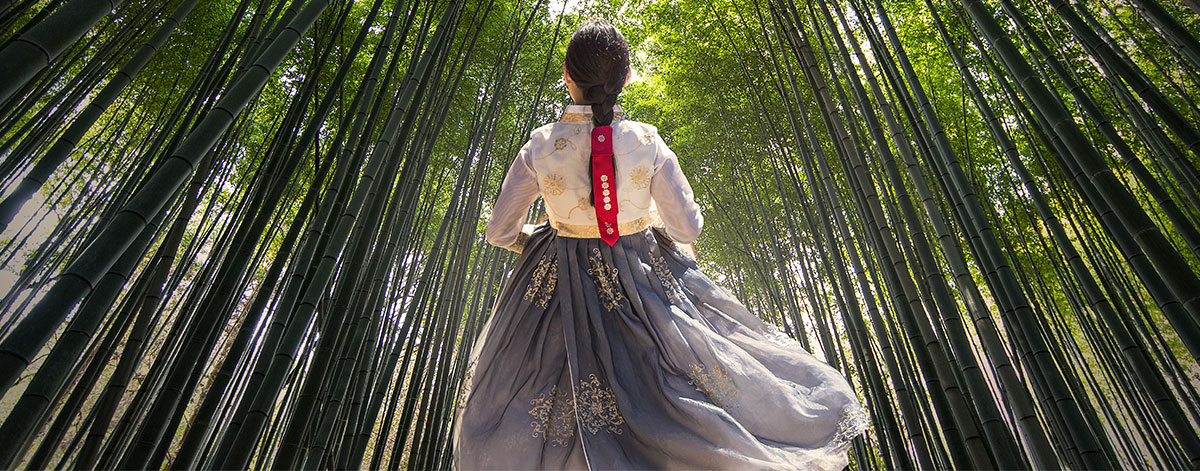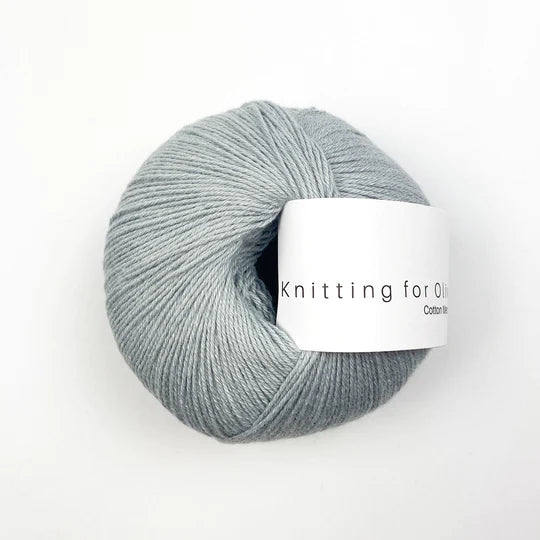Cool Bamboo Clothing Tips
Wiki Article
Why Are Base Layers Made From Yak Merino A Good Choice For Winter Sportswear?
Base layers made from Yak merino are ideal for winter sportswear because of the mix of advantages and characteristics that are derived from both merino and wool. It's hollow fibres trap air for excellent insulation. When combined with merino wool that also has great insulation properties, the fabric provides superior warmth that keeps the body warm even in frigid temperatures.
Merino Wool has Moisture-wicking Properties. This means it is able to draw moisture from the skin, and then release it into the air. It also keeps the wearer dry. Yak wool is moisture-wicking, which is in addition to the merino wool. This combo regulates body temperature by keeping moisture off your skin during intense physical activity in cold temperatures.
Merino Wool is known for its comfort and softness. The fine fibers make it less likely to cause irritation. When mixed with yak wool, which also has soft and silky fibers, the fabric will feel soft against the skin.
Both Merino Wool and Yak Wool possess natural antimicrobial characteristics that help to stop the growth of bacteria which create smells. This feature allows the garment to keep its freshness even when it is worn for prolonged periods.
Durability: Yak wool has a natural durability. When combined, with merino fibers it can be used in outdoor sports as well as other activities.
Temperature Regulation. Yak Merino wool's insulation characteristics help regulate body temperature to keep wearers warm in freezing temperatures. It's also breathable for periods of high activity.
Merino and Yak are both renewable and biodegradable fibers. They can be used to make sustainable winter sportswear that is eco-friendly.
This combination of characteristics makes yak merino wool base layers highly efficient for winter sports clothing, giving warmth and comfort, as well as water management and a long-lasting durability for outdoor activities in cold climates. See the best merino wool base layer blog for more info including wool long underwear women's, merino undershirt, wool thermals, omniwool base layer, merino wool base layer clearance, smartwool merino 250 bottoms, terramar merino woolskins, smartwool 250 base layer, merino wool underwear womens, wool long underwear women's and more.

What Are The Benefits Of Wearing Outdoor Winter Clothing Composed Of Bamboo? Sustainability, Comfort As Well As Protection?
Bamboo clothing offers many advantages in terms of comfort and durability for outdoor winter clothing.
Softness - Bamboo fabric has an incredibly soft and smooth texture that is soft on the skin. It's often compared with cashmere or silk for its luxurious feel.
Bamboo fibers are moisture-wicking, which means they draw moisture away from your skin, keeping you comfortable and dry.
Thermal Regulation- Bamboo clothing has natural temperature-regulating properties, providing warmth in winter while remaining breathable to prevent overheating.
Sustainability-
Bamboo is a renewable resource. It is a highly renewable resource that is able to grow quickly without the need for pesticides or chemical fertilizers. It is highly renewable and therefore the ideal material for clothing.
Bamboo farming has a less environmental impact than cotton cultivation. Bamboo doesn't diminish soil nutrients and requires less water. Bamboo produces more oxygen and absorbs CO2 than to any other plant.
Protection for Outdoor Wear-
UV Protection - Bamboo fabric has inherent UV-resistant properties providing natural protection from harmful UV radiation.
Bamboo is a natural antimicrobial, called "bambookun," and it helps to inhibit the growth bacteria which cause smell. This helps keep clothes fresher for a longer amount of time, particularly during outdoors activities.
Other Benefits -
Durability- Bamboo fibers are durable and strong, making them ideal for outdoor wear.
Biodegradability Bamboo clothing is biodegradable. It can degrade naturally at the conclusion of its lifecycle, reducing the environmental impact.
Bamboo fabric is a fantastic alternative for winter outdoor clothing. It offers comfort along with thermal regulation, as well as moisture management. Read the best I loved this about bamboo clothings for blog recommendations including bamboo trousers mens, women's freefly apparel, bamboo newborn clothes, bamboo tank tops, bamboo pants, kyte pajama, bamboo fabric clothing, rayon from bamboo fabric, bamboo tee shirts women, bamboo pants ladies and more.

What Do Bamboo And Merino Compare With Wool In Terms The Texture, Heat And Moisture Absorption
The comparison of merino wool to traditional wool and bamboo clothes in terms texture, warmth as well as moisture absorption. texture.
Merino Wool Merino Wool Merino Wool is known for its softness and very fine fibers. It has a smoother more supple and less scratchy feel when compared to other types of wool. It's also thought to be more comfortable to wear.
Bamboo ClothingBamboo clothing is soft and smooth, often compared to luxurious materials such as cashmere or silk. It is smooth and soft texture, providing a comfortable wearing experience.
Traditional Wool - The texture may vary. Certain types of wool might feel coarser or more prone to cause irritation or itching compared with merino and bamboo clothing.
Warmth-
Merino Fiber Merino fiber is renowned for its excellent insulation properties. It is a good insulator in cold weather and retains warmth even when it is damp.
Bamboo Clothing is also warm, but not as well insulated as the merino. Bamboo clothing regulates body temperature effectively and is comfortable in all circumstances.
Traditional Wool: Much like merino merino provides warmth, insulation, and comfort. It might feel heavier than clothing made of bamboo, merino or other materials.
Moisture Absorption-
Merino Wool Merino Wool, with its remarkable ability to wick moisture removes moisture from the skin and lets it evaporate. Even when wet the wool is warm.
Bamboo Clothing: Bamboo fabric has properties that help to wick moisture away that allow it to remove moisture from your skin and provide the comfort you need when exercising. Bamboo is a great moisture-regulating material, which keeps the skin dry.
Traditional Wool- Although wool can soak up water, it does not possess the same characteristics of moisture wicking like bamboo or merino. Certain types of wool may appear heavy and damp when they are wet.
Summary, merino has been praised for its softness, warmth and efficient moisture wicking. Bamboo clothing is soft, silky, and warm. It also regulates the amount of moisture. Wool clothing comes in a variety of textures and provide warmth and moisture absorption, but may appear coarser or heavier than merino and bamboo clothing. Each fabric has its own characteristics to meet the different needs in clothes. Follow the recommended merino winter clothing tips for more info including smartwool thermal underwear, wool undershirts, ll bean merino wool base layer, merino thermals, merino base layer cycling, skiing base layers, best base layer for skiing, smartwool base layer, ice breaker thermals, merino wool long underwear women's and more.
